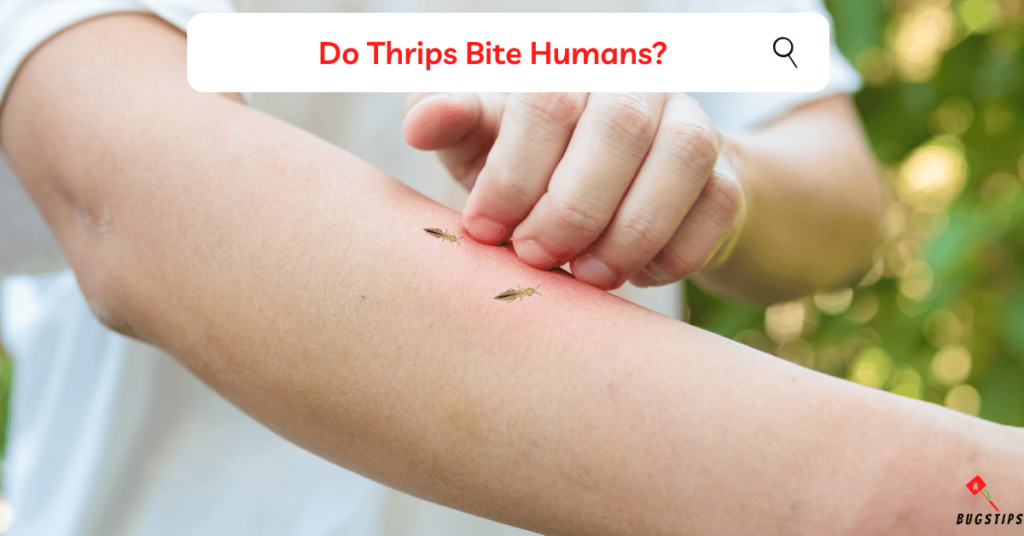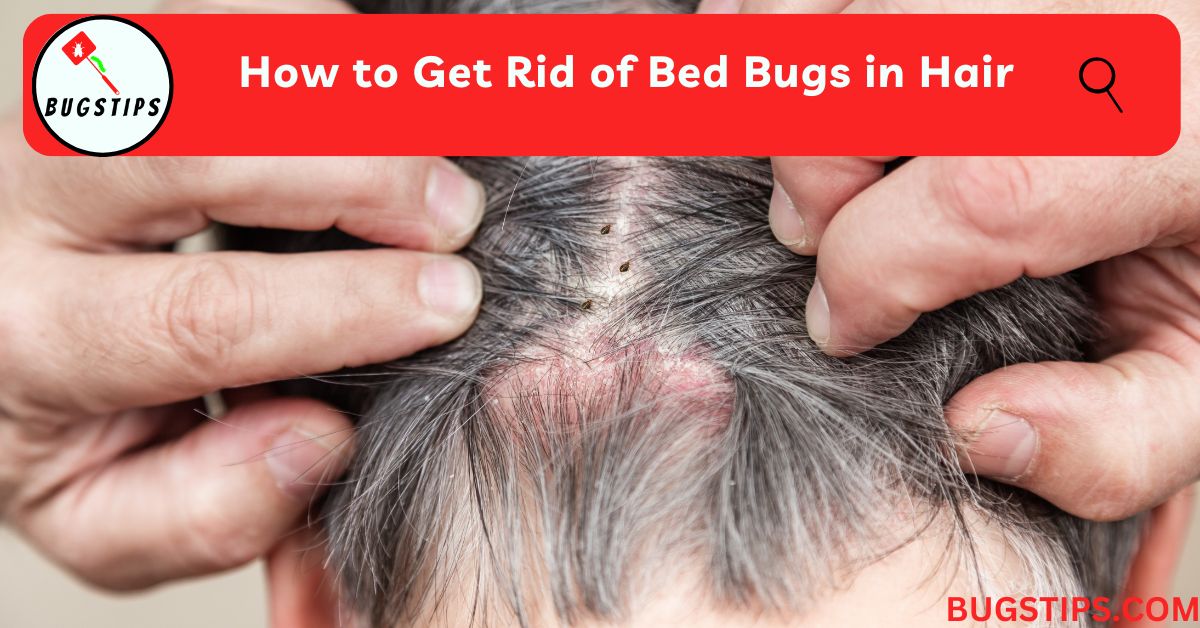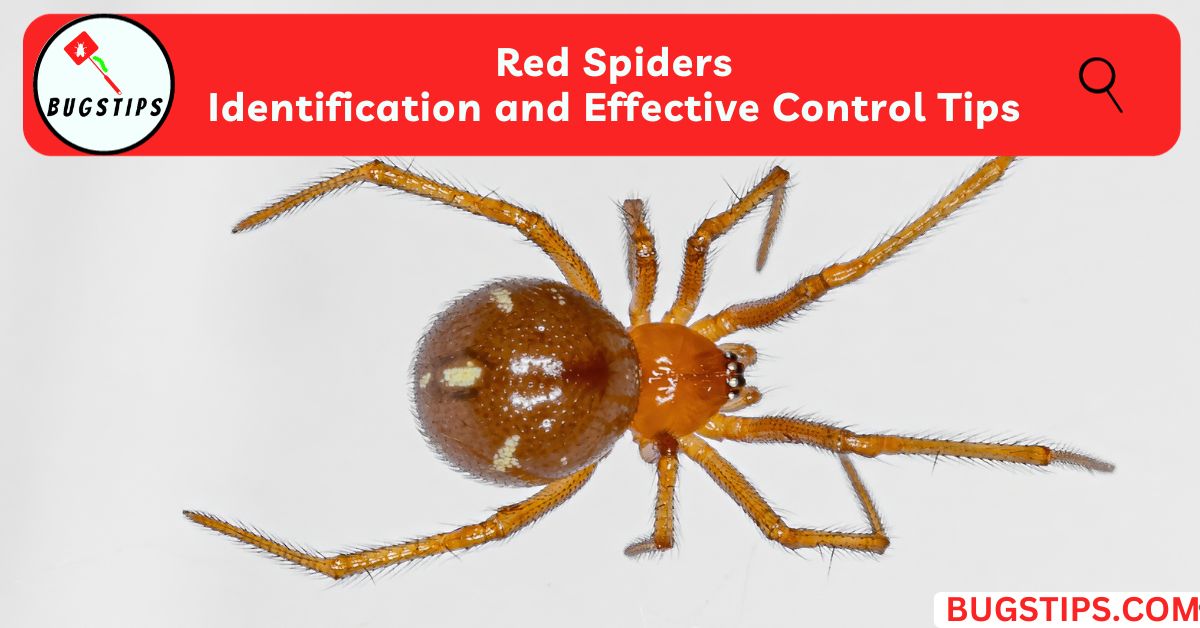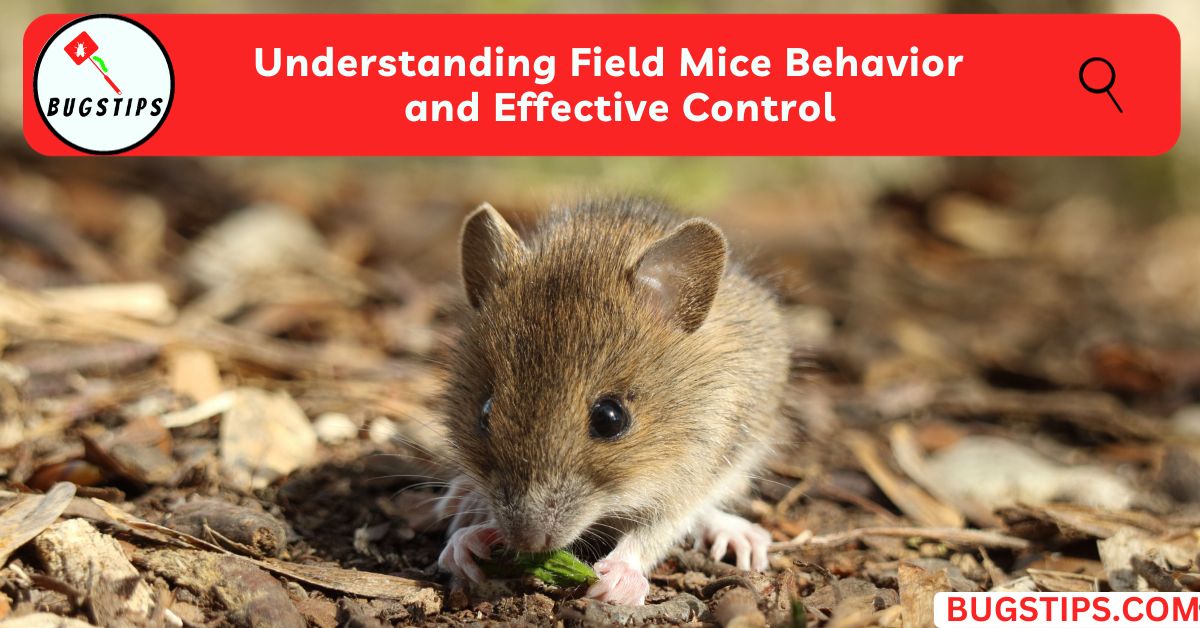This post may contain affiliate links which means as an Amazon Associate, this site may earn a small commission on qualified purchases made through links at no extra cost to you. Learn more on Affiliate Disclosure
Thrips are small insects that are notorious for causing damage to plants, but did you know that they can also bite humans and other animals?
In this article, we’ll explore the topic of thrip bites in-depth, addressing the question on many people’s minds: do thrips bite?
We’ll examine why thrips may bite, what a thrip bite feels like, and whether thrips can also bite dogs. Additionally, we’ll provide practical tips on how to prevent thrip bites and get rid of biting thrips if they become a problem in your home or garden.
So, keep reading to discover what you need to know about these tiny but potentially troublesome insects.
What Are Thrips?
To understand more about thrip bites, it’s helpful to have a basic understanding of what thrips are and the different types of thrips that exist.
Thrips are tiny, slender insects that belong to the order Thysanoptera. There are over 6,000 known species of thrips, which are found throughout the world in a wide variety of habitats such as agricultural fields, gardens, and even on ornamental plants.
Thrips are typically measured around 1-2 millimeters in length, making them barely visible to the naked eye. They can range in color from translucent to dark brown or black with distinctive fringed wings.
Related Article – Do Silverfish Bite? Debunking the Myth
Types of Thrips
Thrips can be categorized into different types based on their feeding habits and ecological roles. Let’s take a closer look at some of the main types of thrips.

Pest Thrips
- Pest thrips are the most well-known group of thrips and are considered pests.
- Pest thrips can cause damage to crops, flowers, and ornamental plants.
- Examples of common pest thrips species include the Western flower thrips, Onion thrips, and Pea thrips.
- In addition to being a nuisance to gardeners and farmers, pest thrips can also transmit plant viruses.
- These thrips species can reproduce rapidly, leading to substantial economic losses in agriculture.
Predatory Thrips
- While some thrips species are pests, others play a beneficial role as natural predators of other insects such as aphids and mites.
- These predatory thrips help in controlling pest populations, acting as nature’s pest control agents.
- An example of a predatory thrips species is the Banded Greenhouse thrips (Hercinothrips femoralis).
Recycler Thrips
- Another group of thrips is the recycler thrips. As their name suggests, these thrips species play a vital role in decomposing organic matter.
- They feed on dead plant material, aiding in the breakdown of organic debris and contributing to nutrient cycling in ecosystems.
- Recycler thrips help maintain the ecological balance by participating in the natural recycling process.
You May Also Like – 10 Long Skinny Black Bugs in House
Do Thrips Bite Humans?

Yes, thrips can bite humans. However, thrip bites in humans are relatively rare, and they are not a major health concern for most people.
Thrips are typically more interested in feeding on plants or other insects, rather than humans.
Why Do Thrips Bite Humans?
Thrips are not naturally inclined to bite humans. They may bite humans if they feel threatened or if they mistake human skin for a food source.
Thrips are attracted to moisture, and if they happen to land on human skin, they may probe or attempt to feed.
Thrips bites may occur when these tiny insects come into contact with exposed skin, particularly when people are spending time outdoors near plants, which are a common habitat for thrips.
This can happen when people are sitting or working near plants and may not even realize that thrips are present.
However, thrips’ mouthparts are not designed for effectively biting or piercing human skin. As a result, thrip bites on humans are usually inconsequential and do not cause significant harm.
Related Article – 8 Bugs That Look Like Lint and Bite
What Do Thrip Bites Feel Like?
Thrip bites on humans are often described as mild if felt at all. Due to their small size and relatively weak mouthparts, thrips are unlikely to cause noticeable pain or discomfort during biting.
In most cases, thrip bites may go unnoticed, resembling tiny pinpricks or minor irritations.
Some individuals may experience a mild itching or tingling sensation at the site of the bite, similar to a mosquito bite. these sensations typically subside quickly and do not pose any long-term health risks.
if you experience persistent discomfort, allergic reactions, or unusual symptoms after being bitten, it’s advisable to seek medical advice to rule out other potential causes.
If you get bitten by thrips, wash the affected area with soap and warm water. Applying a chemical-free moisturizer or aloe vera gel may also help to soothe the skin.
Do Thrips Bite Dogs?

Thrips may occasionally bite dogs, although such bites are typically accidental and incidental.
Thrips are primarily attracted to plants and their sap, which is their preferred source of nutrition. While dogs may encounter thrips while spending time outdoors, thrips do not specifically target dogs for biting.
Their bites on dogs are usually inconspicuous and may go unnoticed, as thrips have relatively small mouthparts and do not typically cause significant pain or discomfort.
However, if you notice any unusual reactions or persistent discomfort in your dog, there may be other pests present on your dog’s coat, such as fleas or other parasites.
Related Article – 7 Little Black Bugs on Dogs Not Fleas!
It’s important to be aware of the signs and symptoms of other types of pest infestations in dogs and to seek veterinary care if necessary.
How to Keep Thrips from Biting Me?
If you’re spending time outdoors near plants or in areas where thrips are present, there are several steps you can take to reduce your risk of being bitten.

Wear Protective Clothing
- When spending time outdoors in areas known to have thrips, cover exposed skin with long-sleeved shirts, long pants, and socks.
- This physical barrier can help prevent thrips from landing on your skin and potentially biting.
Use Insect Repellents
- Apply insect repellents that are effective against biting insects, such as those containing DEET or picaridin, to exposed areas of your body.
- Follow the instructions on the product label for safe and proper use.
Keep Your Home and Garden Clean
- Regularly inspect your plants for any signs of thrips infestation, such as silvering of leaves or dark fecal droplets, known as thrips frass.
- Keep your outdoor spaces clean by removing weeds, fallen leaves, and other organic matter that may serve as potential thrips breeding grounds.
- If you spot thrips, consider employing appropriate pest control methods to minimize their population.
Implement Physical Barriers
- Consider using fine mesh netting or row covers to protect susceptible plants in your garden from thrips.
- These barriers can help prevent thrips from accessing and feeding on your plants, reducing the likelihood of encounters.
Consider Natural Predators
- Encourage the presence of beneficial insects, such as predatory thrips or ladybugs, in your garden.
- These natural predators can help control thrips populations by feeding on them.
Bonus Tip - Thrips are most active during the warmer months of the year and during times of day when temperatures are moderate. If possible, limit your outdoor activities during these peak activity times to reduce the chances of encountering thrips.
Related Article – 15 Tiny Yellow Bugs | A Comprehensive Guide
Final Thoughts
So yes thrips can bite people and pets, but it’s not common. They’re attracted to plants but may bite when they feel threatened or mistake skin for a food source.
Thrip bites are usually mild and don’t pose a significant health risk. To reduce the risk of being bitten, wear protective clothing, use insect repellent, and avoid outdoor activities during peak thrip activity.
If bitten, wash the area with soap and water and apply a cold compress. Seek medical attention if you experience severe symptoms or have an allergy to insect bites.
Overall, thrip bites can be managed with basic precautions.
FAQs
Can thrips bite humans?
Yes, thrips can bite humans, but their bites are generally rare and not a major concern.
Do western flower thrips bite hard?
Thrips bites, including those from western flower thrips, are usually inconsequential and do not cause significant discomfort or harm.
Can thrips make you itchy?
Thrips bites typically do not cause significant itching. Any itching or irritation is usually mild and transient.
Can you wash thrips off?
Thrips are tiny insects and can be difficult to wash off once they have landed on a surface. However, regular cleaning and maintaining good plant hygiene can help manage thrips populations.
Does neem oil get rid of thrips?
Neem oil can be an effective organic control method against thrips. It acts as a repellent, disrupts their feeding behavior, and may reduce thrip populations.
Does soap work on thrips?
Soap solutions, such as insecticidal soaps or horticultural oils, can be effective in controlling thrips. These solutions help suffocate and kill thrips by disrupting their delicate body structures.
What is a homemade solution for thrips?
A homemade solution for thrips control can be a mixture of water and mild dish soap. This solution can be sprayed on plants to help control thrips populations.
What are natural enemies of thrips?
Natural enemies of thrips include predatory bugs, predatory mites, predatory thrips, ladybirds (ladybugs), lacewings, and parasitoid wasps.
What disease do thrips spread?
Thrips are known to spread plant viruses, mainly of the genus Tospovirus, which can cause significant crop loss. Other genera, such as Carmovirus, Sobemovirus, and Machlomovirus, can also be associated with thrips and plant diseases.
How can I protect my plants from thrips bites?
To protect your plants from thrips bites, implement measures such as regular monitoring, maintaining good plant hygiene, using physical barriers like netting, and considering organic or chemical-based insecticides specifically formulated to target thrips.
Resources – (for further reading)
National Library of Medicine – Thysanoptera dermatitis
Exopest – Thrips
Wikipedia – Western flower thrips | Thrips tabaci




